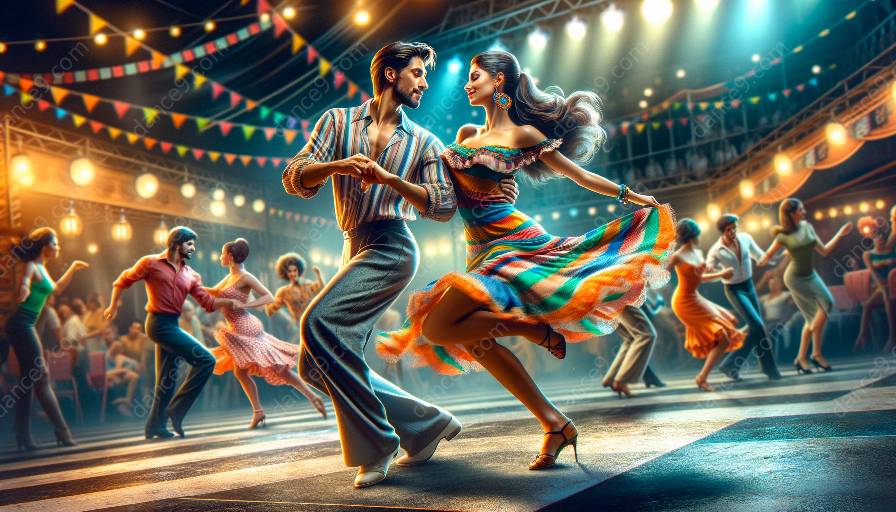Salsa Cubana is a vibrant and sensual dance form that not only entertains but also reflects and influences gender dynamics in a unique way. In this discussion, we will delve into the cultural and historical context of Salsa Cubana and examine how it shapes the experiences of men and women both on and off the dance floor. Moreover, we will explore the implications for dance classes and the role of gender dynamics in perpetuating or challenging traditional norms.
The Historical and Cultural Context of Salsa Cubana
Salsa Cubana originated in Cuba and is deeply rooted in the country's history and culture. It emerged as a fusion of various dance styles, including Afro-Cuban dances and popular Western dances, and has since become a cultural symbol of Cuba. The dance embodies the rich and complex history of the island, incorporating elements of African, Spanish, and indigenous traditions.
From a gender perspective, the history of Salsa Cubana reflects the traditional gender roles prevalent in Cuban society. These roles have influenced the way men and women participate in and perceive the dance. For example, historically, men were expected to lead in the dance, while women were expected to follow. These gendered roles are embedded in the structure and movements of Salsa Cubana and have contributed to shaping the dance as it is known today.
Gender Dynamics in Salsa Cubana
When analyzing the gender dynamics in Salsa Cubana, it's important to consider the roles of men and women in the dance. Traditionally, men are assigned the leading role, responsible for initiating and guiding the dance, while women are expected to follow their lead. These roles are not only reflected in the choreography and movements but also influence the interactions and dynamics between dance partners.
However, it's crucial to acknowledge that these traditional gender dynamics are not static. In contemporary Salsa Cubana, there are efforts to challenge and subvert these roles, allowing for more fluidity and equality between partners. This shift is part of a broader movement to create a more inclusive and diverse dance community, breaking away from the rigidity of traditional gender norms.
Impact on Dance Classes
The gender dynamics in Salsa Cubana have a direct impact on dance classes, as they shape the experiences and interactions of participants. In many classes, instructors emphasize the traditional gender roles, providing specific instructions for men to lead and women to follow. While this approach can be valuable for learning the foundational techniques of the dance, it can also perpetuate gender stereotypes and limit the potential for true partnership and collaboration on the dance floor.
It is essential for dance classes to recognize and address these gender dynamics, fostering an environment that encourages all participants to engage authentically and respectfully. By promoting open communication, mutual respect, and the celebration of diverse dance styles, classes can create a more inclusive space for individuals of all genders to express themselves through Salsa Cubana and other dance forms.
Conclusion
Salsa Cubana reflects and influences gender dynamics in dance through its historical and cultural significance, as well as its specific choreography and partner interactions. While traditional gender roles are embedded in the dance, there are ongoing efforts to challenge and subvert these dynamics, creating a more inclusive and diverse dance community. Understanding the impact of gender dynamics in Salsa Cubana is crucial for dance classes to create an environment that embraces equality, respect, and collaboration among all participants.













































































